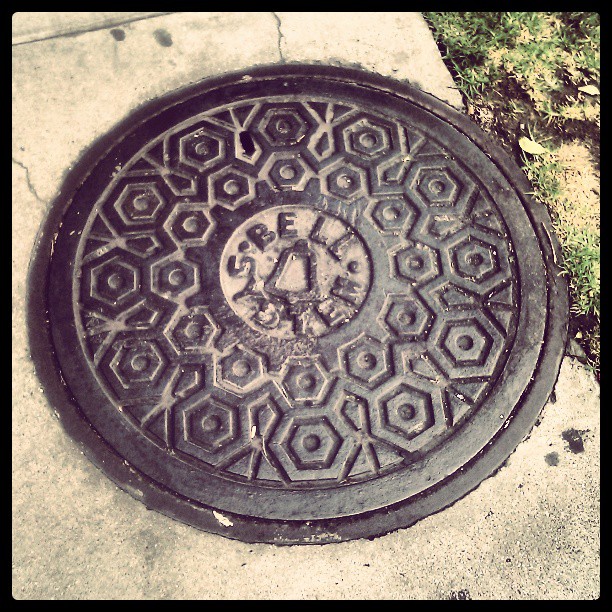“When America Banned Sliced Bread”
WW2 rationing, trying to save on packaging material and metal for slicing machines.
It didn’t last long.
Archiving my Twitter, Facebook and other social network activity
“When America Banned Sliced Bread”
WW2 rationing, trying to save on packaging material and metal for slicing machines.
It didn’t last long.
New round of #introductions for all the new people joining the Fediverse!
Hi, I’m Kelson (he/him), a computer programmer in the Los Angeles area. I talk about all kinds of things here: #scifi/#fantasy, #books, actual #science, #tech, #history, #linguistics, random day-to-day stuff, etc.
I also post photos – mostly cityscapes/landscapes, nature, random interesting stuff I’ve spotted IRL – on Pixelfed (@KelsonV) and more “serious” photos on photog.social (@kelsonv)
Interesting story of a vanished disease called Devonshire colic, caused by drinking poisonous cider and relieved (in part) by soaking in the hot springs at Bath…
When the Cure for Poisonous Cider Was Hours of Bathtime
…because it turned out that the colic was actually lead poisoning from the cider-making equipment in Devon, and spending all day in water, like living in microgravity, causes bones to shed some of their mineral content.
A #history of #maps showing #california as an island…which apparently persisted long beyond the point that expeditions had confirmed it was part of the mainland.
California, an island? Meet cartography’s most persistent mistake
The Glen McLaughlin Collection brings together more than 700 historical examples of ‘California as an island’.
And now I’m thinking of the idea of “soft places” in Sandman, where geography remains fluid until an area is thoroughly mapped.
“The Mystery of Florida’s Cannonball-Eating Spanish Fort”
The rock it’s made from, coquina, is a sedimentary rock made up of compressed seashells. It turns out that under impact, the component shell fragments can shift, absorbing the impact. This explains why cannonballs simply sank into the walls like pressing into foam instead of shattering them.
https://www.atlasobscura.com/articles/coquina-fort-in-florida
Interesting: Apparently fudge was invented by students at 19th-century women’s colleges as a dessert that could be cooked in a dorm room for secret after-curfew parties.
Fascinating: At the Guédelon medieval construction site in central France, builders are reconstructing a 13th century castle using only the technologies and materials that were available at the time. Hand-quarried stone cut with hand-forged tools, treadwheel cranes, etc.
A medieval castle in France could be Notre Dame’s salvation
In 1908, a photographer strapped cameras to pigeons to take aerial photos.
Literally a bird’s-eye view of the world.
For a Brief, Glorious Moment, Camera-Wielding Pigeons Spied From Above
I thought that “blue is modern” article sounded familiar.
The Los Angeles River: Its Life, Death, and Possible Rebirth
This looks like an interesting read on LA geographical history. Geography and water have been on my mind lately for obvious reasons. Via a comment on Hidden Los Angeles

Companies break up, rename & merge, but the stamp on a manhole cover never changes. #mabell #logos #history #branding #phonecompany